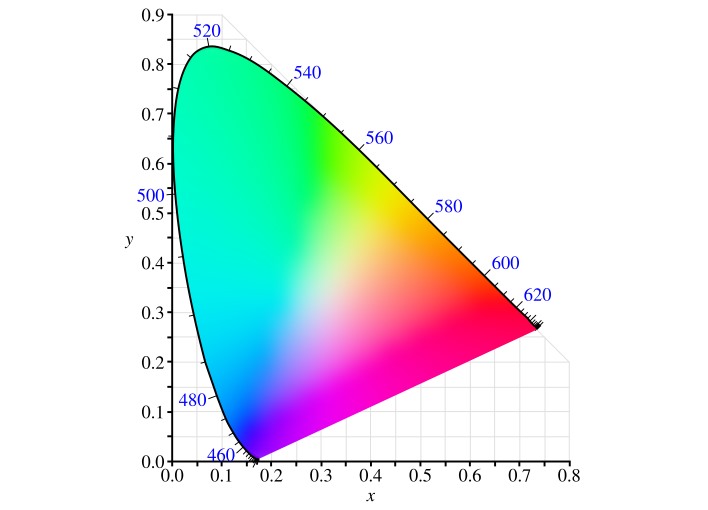Scientific Report Corrects 100 Year Old Math Error Of Human Color Perception
The study, published over at Proceedings of the National Academy of Sciences (PNAS), is paywalled as usual, but it was done by researchers from Los Alamos National Laboratory. In the paper, the researchers show that human color perception is subject to diminishing returns, which means that large color differences can't be derived by simply adding together a series of small steps.
Apparently, the system based on Riemannian geometry "overestimates the perception of large color differences, because large color differences are perceived as less than the sum of small differences." In other words, humans respond less to large changes in color than the Riemannian model predicts.

As is probably obvious if you read the above, this finding could have major implications for displays—particularly computer displays that are commonly calibrated for color accuracy. The authors say that the Delta-E (or ΔE) standard used to represent deviation from expected color representation is not sufficient as it does not take into account the "diminishing returns" effect that they have demonstrated.
This is all at the research stage for now, and the authors weren't yet able to present a revised model themselves. In fact, lead author Roxana Bujack says that the results were unexpected, and that the researchers still have to work out the exact geometry of "a new color space." As a result, it will be a long time before we see new displays based on these findings. Still, it's fascinating to think that our displays could have been unnaturally saturated all this time due to a 100-year-old math error.


